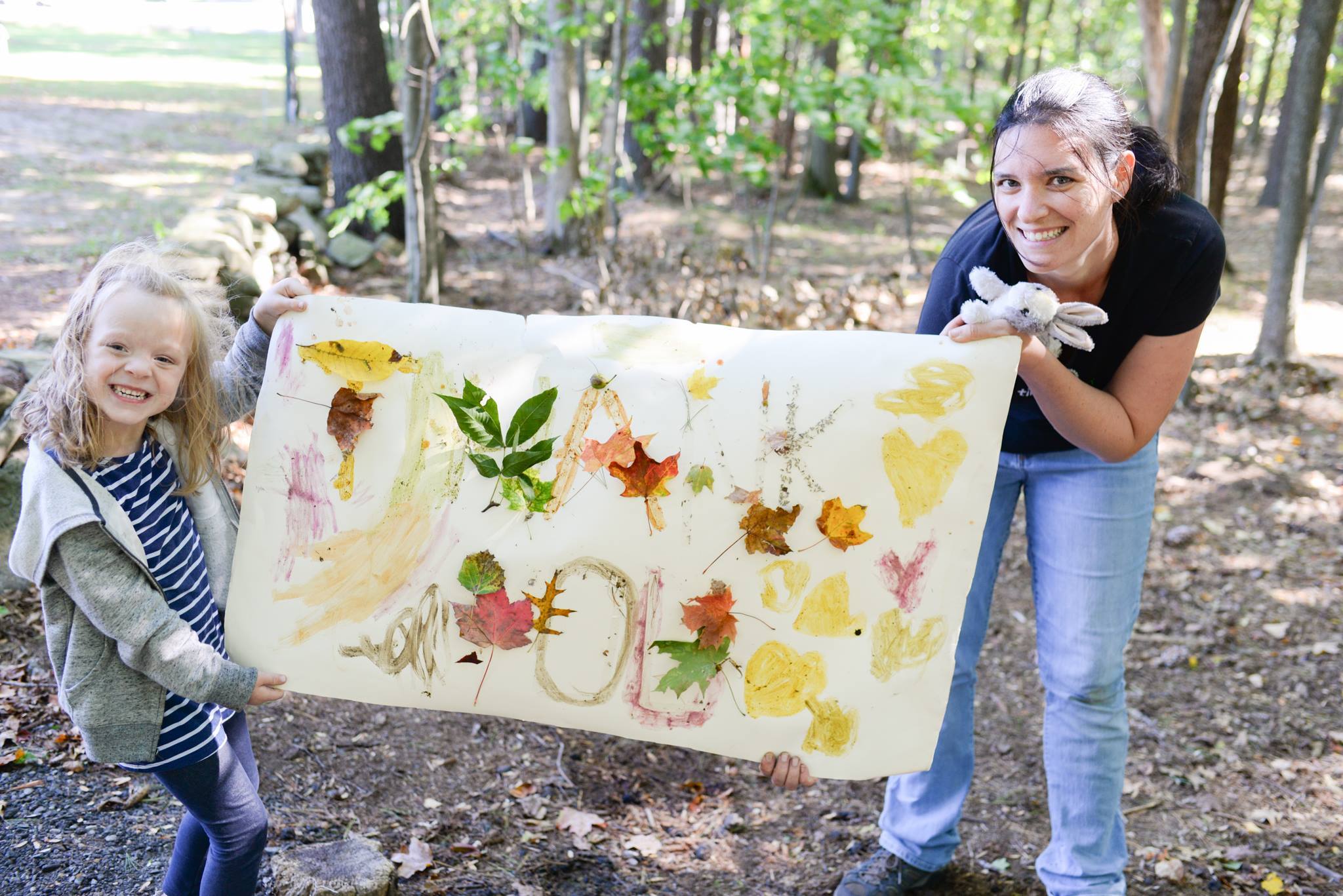Mister Rogers taught us that, in times of crisis, we can look for the helpers and take comfort in realizing that there are caring people who are making a difference. “When I was a boy and I would see scary things in the news, my mother would say to me, ‘Look for the helpers. You will always find people who are helping,’” he famously said. Every day, in the midst of COVID-19, superheroes take on tremendous risk to themselves in the service of others and the greater good—amazing.
We can take seeing the helpers even a step further by helping them ourselves. This article presents some great ideas for grown-ups, and we thought it might help people like us think about ways to engage young kids, too. Though social distancing and being with young kids all day can make it feel harder than ever to contribute, we can do things from our homes to strengthen our communities and help those most vulnerable to COVID-19.
The benefit is two-fold: Helping the helpers will remind kids that there are people out there working to make our lives better right now. Better yet, it will teach them that they too can make a difference and can help others.
Acknowledging the incredible work helpers do also fosters gratitude, which brings about its own emotional and physical benefits. Science shows that people who make noticing, feeling and showing gratitude a part of their daily routine experience a host of positive effects. Gratitude can not only help you sleep better — which is crucial for kids and parents — but it can also help you feel more positive emotions and be more compassionate and kind. It may even help boost your immune system.
To follow is a list of ways we’ve found to engage the whole family in being helpers from home. Comment to share more ideas that you’ve found, too!
Stay home
Even though it’s hard not to go to our favorite places and see our friends, teachers and loved ones, we can remind kids (and ourselves) that we are being helpers — Superheroes, even! — just by staying put at home.
Share your thanks
Make a “Thank You, Helpers!” poster and welcome kids to use paint, crayons, marker or even spices and water to add color. Then, take a photo of your family and the poster and share it. Find the email address for your local hospital and send your photo and a message of thanks to the staff. You can do the same for people who work in support of your community like delivery workers, drivers, mail carriers, grocery workers, and more who put themselves in harm’s way each day to get people the supplies and services they need.
Become a pen-pal
Write a letter to drop off or mail to a friend or neighbor. Consider who in your life might be alone or in need of some cheer. Draw pictures and send them to nearby nursing homes to cheer up residents who are not able to receive visitors.
Encourage others to donate PPE
So many of us are spring-cleaning right now and may not even know that personal protective equipment (or PPE) — the very masks that medical professionals across the country are in desperate need of — are stowed away in closets and garages. Put out a call on social media to ask friends and raise awareness in hopes of reaching people who have PPE they could donate to the workers on the front lines.
Make your own masks
If you are crafty, sew masks. Several patterns are available; choose the one that matches your skill level. Let kids pick the fabrics. If you don’t have fabric lying around, take old bandanas, cloth napkins or even your old “not-a-sheets” and turn them into masks. Encourage kids to decorate them with markers to make them more fun and less scary. Use them if you have to go out — according to new guidelines, everyone is encouraged to wear one in public — and send them to others who need them.
Help the families most vulnerable to COVID-19
Remember, too, that we are each weathering our own storm, and COVID-19 does not impact all people equally. Many families are worried about livelihoods, the loss of meals and other supports from schools, and even the security of a home. For those who are able, turn gratitude into generosity wherever you can — the closer to home, the better.
Reach out to friends
Make time to reach out and send some love and cheer to others. Two of the hardest things about this time are the isolation and uncertainty. Social distancing not only cuts us off from sources of help and support, but too much time thinking about our own situation can also amplify our worries. The uncertainty about how this will play out and when it will end further heightens our anxiety. Taking the time to let people know that you care, that they are important to you, and that you can’t wait to hug them when this is all over puts wind in their sails, and gives you a boost you need, too. Kids can initiate video chats, make phone calls and dictate texts to friends and family to show them what they are doing and learning, or just to say “hey.”
"The greatness of a community is most accurately measured by the compassionate actions of its members." – Coretta Scott King
Even though we are each keeping our distance from one another, our ties to community are more important than ever, and our collective actions can lift us all. And, whether by celebrating helpers or lending help ourselves, our kids can learn, early on, what compassionate community feels like
